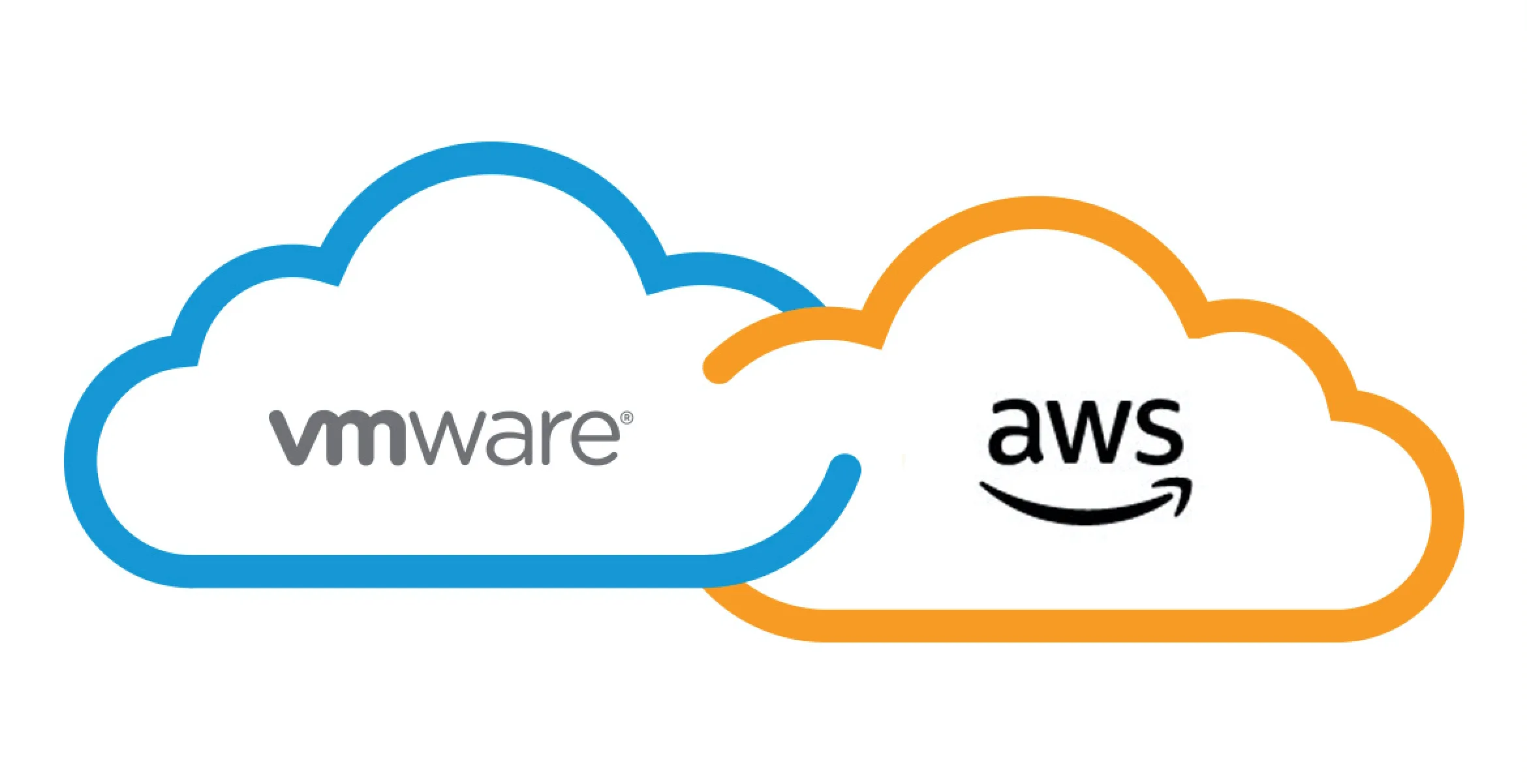Integrating AWS into an existing enterprise platform begins with understanding how AWS can be used as a built-in model. Through integrated infrastructure, AWS delivers the reliability, scalability, and value through its APIs.
With VMware Cloud on AWS, built-on integration with native AWS resources allows clients to take advantage of a converged cloud architecture. Come learn how you too can take advantage of your VMware Cloud on AWS platforms.
How do you decide what workloads should be delivered through your AWS platform?
The key consideration here is ease of implementation. When an application is running on AWS it’s easy to add additional resources on the fly.
In contrast, most on-demand virtualisation vendors like VMware allow you to provision workloads only to the extent that they’re physically needed. By the same token many businesses choose to implement and test workloads in their on-demand facilities before moving them to the native cloud.
If your workloads are running on AWS then it makes sense to run those workloads in the public cloud to begin with and then move them to the native cloud once the workloads start performing.
One of the primary advantages of AWS over on-demand VDI solutions is the ability to quickly adapt. In contrast, EMCs often have to make changes to their offerings as they become more complex or they experience significant traction.
With AWS this doesn’t seem to be a problem because the company is quickly running out of storage area even as it expands its cloud footprint. Furthermore, AWS offers a very high level of resilience. The two have a lot to offer one another and the choice often comes down to whether businesses want to spend the time and money to properly address the needs of both scenarios.
Hybrid Cloud Services
Hybrid cloud services also present some interesting challenges for operations teams. On-demand systems often provide a predictable resource utilisation pattern. This enables operations teams to reliably predict expenses, but it also limits the ability to change how the application workloads are consumed.
As a result, the planning and the execution of custom strategies can take a much longer period of time than they would if the application workloads were running in AWS.
In short, AWS presents a number of challenges for companies looking to make the transition from on-premise to off-premise hosting. If you want to ensure that your customers receive the best possible services – whether you are using the platform for internal applications, or you are looking to provide on-demand services to outside parties – you need to ensure that your strategies can execute without pause.
Fortunately, AWS’s flexibility and mission-critical nature make it an excellent choice for enterprises looking to move their operations closer to the cloud. But even as you move closer to AWS there are still ways in which you can ensure that your investments make the most of the capabilities of the underlying infrastructure.
By following a number of these tips, you can ensure that your investments make the most of what AWS has to offer.







